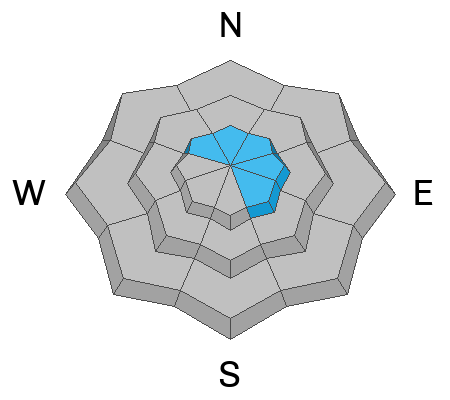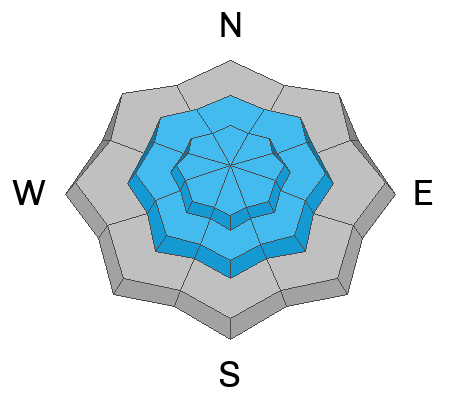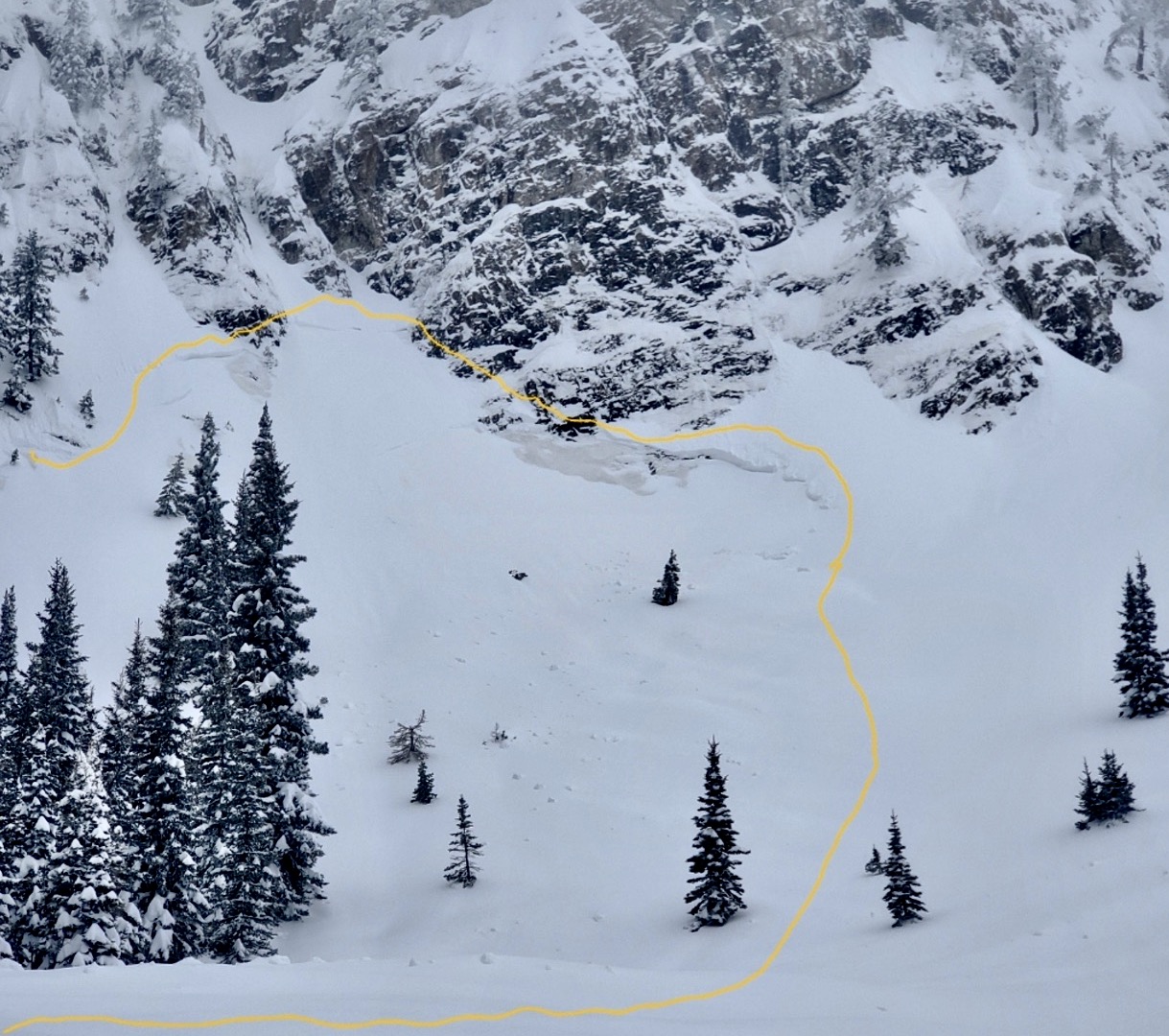Forecast for the Logan Area Mountains

Issued by Toby Weed on
Thursday morning, February 20, 2025
Thursday morning, February 20, 2025
There is CONSIDERABLE avalanche danger at all elevations. People are likely to trigger dangerous avalanches on a persistent weak layer buried up to 3 feet deep, especially on previously drifted upper-elevation slopes facing northwest through southeast. Natural and human-triggered avalanches of storm snow are possible on slopes that picked up significant accumulations of new snow overnight, including on low-elevation slopes, where natural loose wet avalanches are possible during the day.
Careful snowpack evaluation, cautious route-finding, and conservative decision-making are essential for safe backcountry travel today.

Low
Moderate
Considerable
High
Extreme
Learn how to read the forecast here










